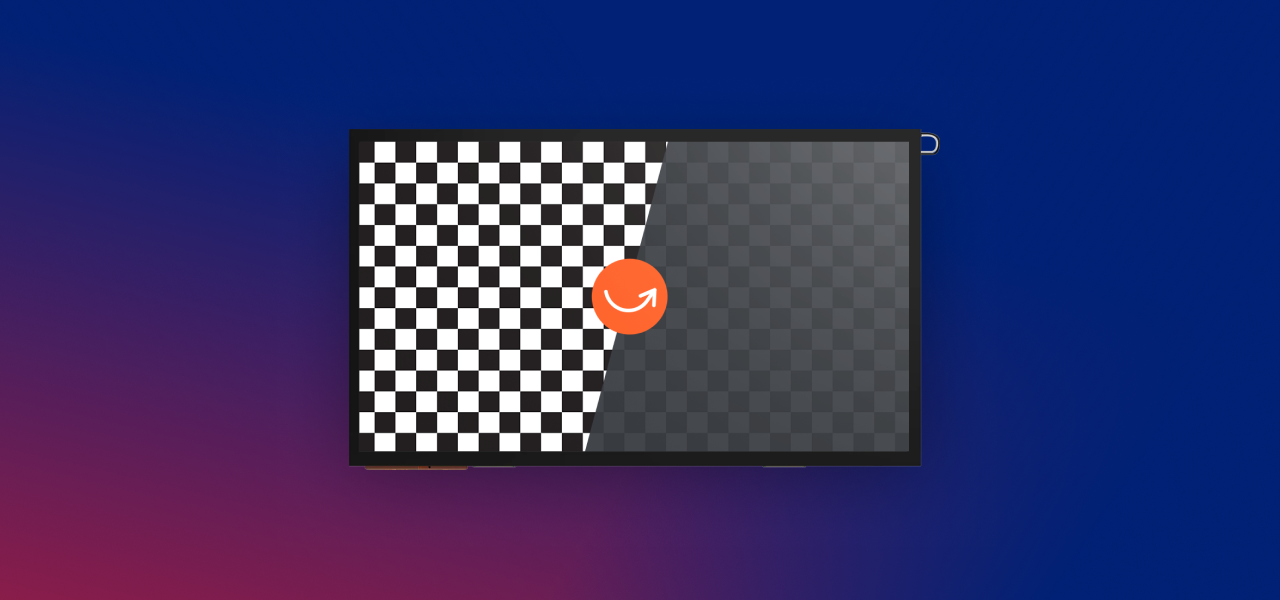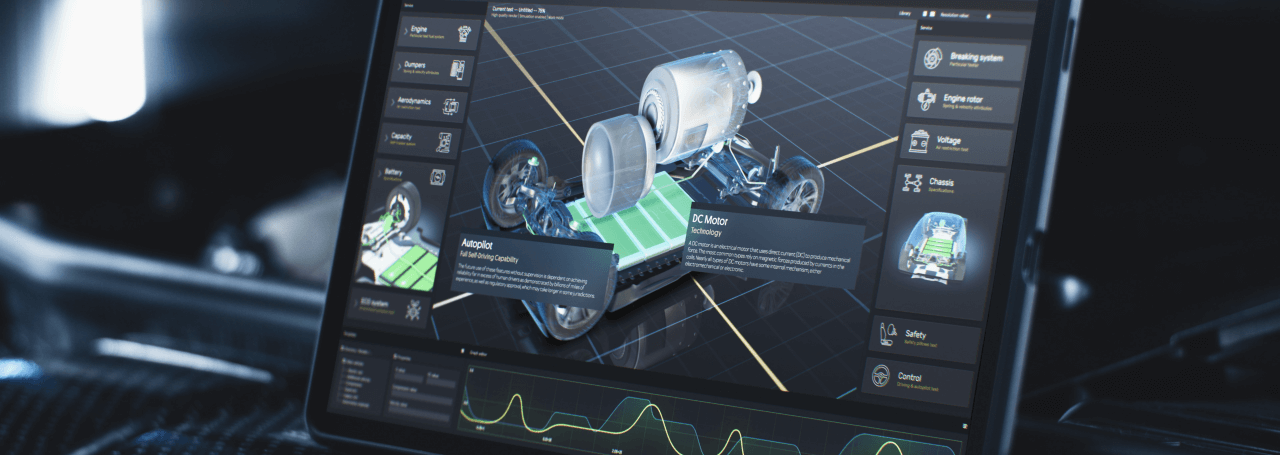In the display technology world, where innovations constantly enhance visual quality, some physical effects remain unchanged. One such effect is image retention — a temporary afterimage that concerns many users. Contrary to common belief, this phenomenon is not a defect but a natural result of how certain display panels operate. This article explains what image retention is, how to distinguish it from permanent screen burn-in, and simple guidelines to keep your screen in optimal condition.
What is image retention?
Simply put, image retention is a temporary effect where a faint “ghost” image of previously displayed content remains visible on the screen. This ghosting fades away on its own, usually within minutes to a few hours. This is the main difference from screen burn-in, which causes permanent damage.
Imagine you use your computer with a static taskbar visible for several hours. When you switch to a full-screen application like a game, you might notice a faint outline of the taskbar in the same place. That is image retention.
The cause lies in pixel fatigue. To produce an image, pixels emit light with specific colors and brightness. When a static image stays on the screen for a long time, some pixels work harder than others. After the image changes, these pixels do not immediately return to their normal state — similar to how a muscle needs time to relax after being held tense.
How does image retention occur?
From a technical perspective, the formation of image retention is linked to how liquid crystals (in LCD screens) or other light-emitting materials function.
In LCD panels, which dominate monitors and TVs, each pixel contains a matrix of liquid crystals that realign under an electric field. Their alignment determines how much light passes through, thus defining the pixel’s color and brightness. When a static image is displayed, the pixels holding that image maintain a fixed crystal orientation. Upon switching to a new image, the crystals should quickly realign. However, due to inertia, some take longer to adjust. This temporary delay causes image retention.
This effect does not damage the pixels. Once dynamic content appears on the screen, the crystals reset, and the ghost image disappears. The process is similar to recalibration.
Types of image retention
While image retention is one phenomenon, it can be classified by cause. The most common is “stuck pixel retention,” where pixels freeze in one state. Another related term, “ghosting,” is sometimes used interchangeably but originally describes display artifacts in moving images, such as motion blur.
Which screens are most affected by image retention?
This question is crucial to understanding the issue. Image retention mainly occurs on LCD screens, especially those using IPS (In-Plane Switching) technology. IPS panels offer accurate color reproduction and wide viewing angles, ideal for graphic work and media consumption. However, they are more prone to image retention than other panel types, such as TN (Twisted Nematic).
OLED screens, often confused with LCDs, experience a different problem: burn-in. Each pixel in an OLED panel emits light independently using organic LEDs. Prolonged display of static images causes those pixels to degrade faster, resulting in permanent brightness loss. This irreversible effect is why OLED manufacturers implement protective measures, such as pixel shifting or dimming static UI elements. In LCDs, image retention is temporary; in OLEDs, it represents permanent wear.
How to prevent image retention
Preventing image retention is much easier than fixing it. Here are some proven engineering recommendations:
- Avoid static images – the simplest and most effective rule. Use a screensaver or set the display to turn off after a few minutes of inactivity. Avoid displaying the same icons or toolbars continuously for hours.
- Change backgrounds regularly – switching desktop wallpapers helps refresh pixels.
- Lower screen brightness – high brightness increases pixel workload. Reducing brightness, especially in dim environments, significantly lowers the risk.
- Use dark mode – dark modes, now common in operating systems and applications, reduce eye strain and help prevent image retention, particularly on OLED displays.
- Display dynamic content – if you notice ghosting, playing videos, scrolling webpages, or running games helps pixels reset. After several minutes, the ghost image usually disappears.


Is image retention a defect?
Absolutely not. Image retention is not a manufacturing flaw but a natural characteristic of many LCD screens, especially IPS panels. It can be compared to material fatigue in other engineering fields — for example, steel can show temporary changes under prolonged stress that vanish once the load is removed.
Most hardware manufacturers consider image retention a normal effect, not a warranty issue. Only if the ghost image becomes permanent after extended dynamic use might it indicate a serious panel fault.
Summary
| Phenomenon | Definition | Cause |
|---|---|---|
| Image Retention | Temporary persistence of previous image content on screen. | Residual electrical charge or heat in pixels. |
| Burn-in (Permanent Retention) | Long-term, irreversible discoloration or ghosting. | Repeated display of static elements → uneven pixel wear (esp. in OLED). |
| Stuck Pixel Retention | Pixels “stuck” displaying one color or brightness level. | Faulty subpixel response or failure to refresh state. |
| Ghosting | Trail or blur following moving objects on screen. | Slow response time or poor refresh rate. |
Image retention is a temporary effect that can be managed easily. Understanding its cause and applying simple preventive steps will help maintain a clear, high-quality display for years. Caring for your screen means caring for its pixels — which, like any system, need occasional rest to perform optimally.
Choose the best performance
Choosing the right screen is more than just picking a size or resolution. Talk to our engineering team. We’ll help you select the optimal display parameters for your application and share expert tips on how to use it so it keeps delivering perfect visuals for the long run.
DISCOVER OUR
Whitepaper
Achieve the perfect user-display interaction with the right Touch Sensor IC. Ever faced issues with phantom touch events or certification? Boost your R&D like a pro with our Whitepaper!



